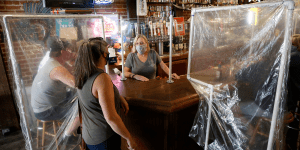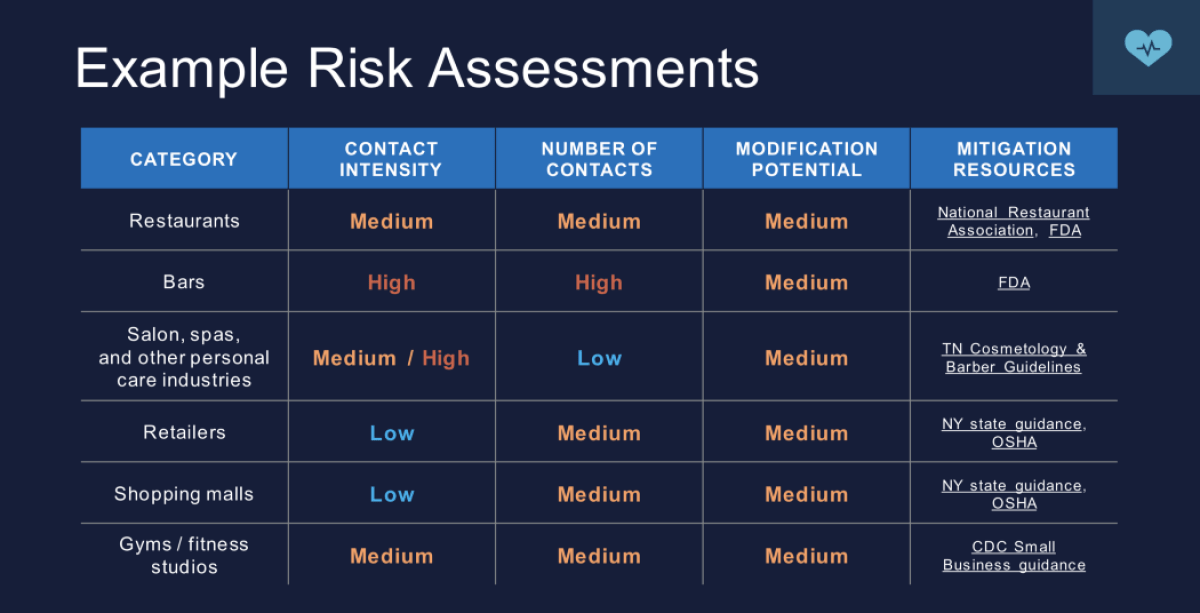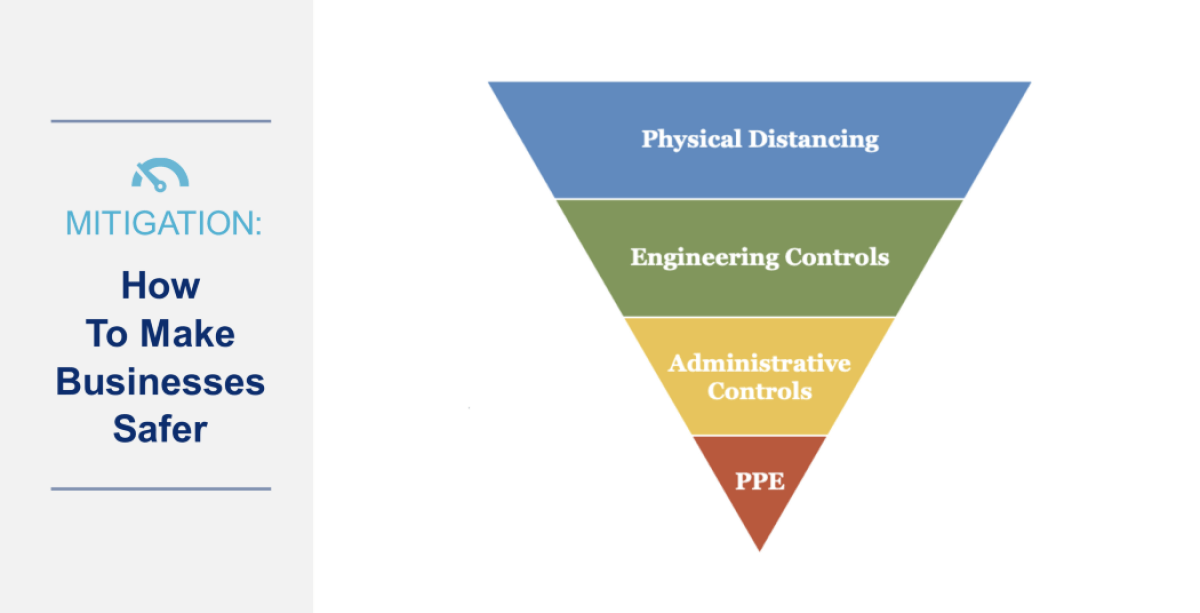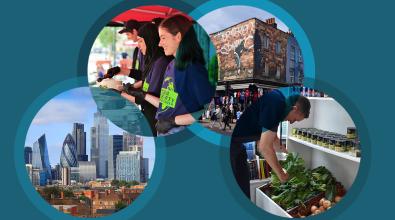3 principles for reopening cities in a time of COVID-19

It probably didn’t seem like it at the time, but mayors’ decisions to shut down their cities in March might, in retrospect, turn out to be one of the easiest parts of their fight against COVID-19.
Reopening, on the other hand, is proving to be a more difficult proposition — requiring that city leaders balance public-health data with the desperate need to reignite local economies and the mix of fear, anger, grief, loneliness, and exhaustion that come with a slow-roll crisis like this.
How to navigate these issues has been a major theme in the weekly online coaching and learning sessions of the COVID-19 Local Response Initiative. In March, Dr. Tom Frieden, head of the Centers for Disease Control and Prevention under President Obama, told mayors to think of reopening like a faucet to be opened gingerly and shut back off if necessary. Last week, Dr. Jennifer Nuzzo of the Johns Hopkins Bloomberg School of Public Health gave mayors three data points they should watch closely to monitor whether reopening is leading to a spike in infections.
[Get the City Hall Coronavirus Daily Update. Subscribe here.]
Yesterday, mayors heard from Dr. Caitlin Rivers, also from Johns Hopkins. “We all want to reopen the economy,” Rivers said. “The question is how do we do that — and what structures do we need to put in place to do that safely.”
Rivers offered three principles for mayors to consider for a safe reopening:
1. Engage the community. While the choice to shut down came in a hurry, Rivers said, reopening can and should be a more deliberative process. This is a moment to engage stakeholders around questions of how and when to reopen businesses; actions every resident can take to keep themselves and their families safe, such as continuing to stay home as much as possible and frequently washing hands; and what to expect in the months ahead, even if the details are still up in the air.
Rivers cited Mayor Muriel Bowser of Washington, D.C., as a great example of this engagement in action. Bowser has convened an advisory group with 12 committees and dozens of community leaders from government, business, nonprofits and other sources. “This is a time of great uncertainty for all of us,” Rivers said, “so continuing to make it a priority to engage your communities and constituents is really important for making sure that we all get through this together.”
2. Decide what can reopen — and what changes are necessary. Rivers said choices around what businesses and activities can be reopened come down to two questions: What’s the risk of that activity fueling transmission of the coronavirus? And are there effective steps that can be taken to mitigate that risk?
She suggested that low-risk activities be reintroduced first. Factors that play into risk include the number of people likely to come into contact with each other, the duration or closeness of that contact, and the potential to modify the activity to make it safer. For example, two people getting together for coffee is a lower risk than hundreds of people crowding into a bar. Johns Hopkins has laid out sample risk assessments for businesses such as restaurants, salons, gyms, theaters, concert venues in this report.
As for how to mitigate the risks of virus transmission, Rivers said there are four ways to do it. The most effective is to introduce physical distancing, as many grocery stores have done by placing markers on the ground to encourage shoppers to remain at least six feet apart. The next most effective is to introduce physical barriers between people like the plastic guards common at fast-casual restaurants to keep customers’ germs out of the food. A step down in effectiveness is using administrative controls such as restricting businesses to half capacity. Finally, requiring people to wear nonmedical cloth masks can help mitigate transmission risks, Rivers said, although it can’t replace other physical distancing measures.
“We should be thinking about what we can do to make these activities safer,” she said. “We can do a lot to ‘buy down’ that risk.”
3. Start slowly. Just as Dr. Frieden had cautioned mayors to “open the faucet” gently, Dr. Rivers told mayors it’s wise to start the reopening slowly. “Introduce a few low-risk activities and then wait a few weeks to see what happens,” she said. “I know it’s of great pressure and urgency to open things back up again. What we don’t want to do is create the conditions that led to us having to stay home in the first place. So the third principle is to really start slow and see how things unfold, and then make the next move.”
See Dr. Caitlin Rivers’ slides here.
More on reopening:
These are the numbers cities need to watch now that they’re reopening
Think of reopening as akin to turning on a faucet, doctor says
Public health principles for a phased reopening during COVID-19: Guidance for Governors
Operational toolkit for businesses considering reopening or expanding operations in COVID-19
New York Times map shows which states are reopening and which are still shut down




